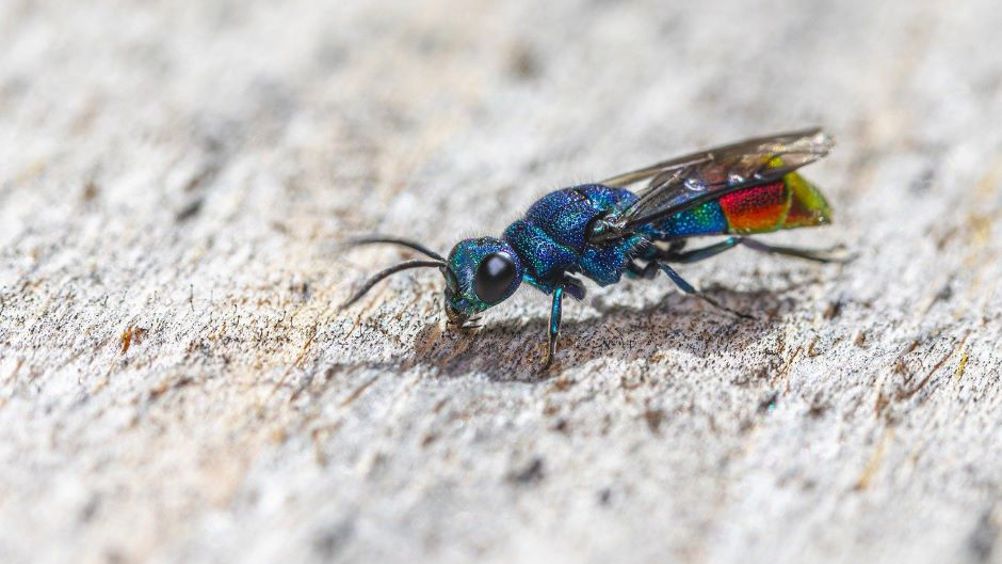Surgical tool inspired by ovipositor of parasitic wasps
The egg-laying organ of parasitic wasps has inspired a new tissue-transport device that could lead to advances in minimally invasive surgery (MIS).

The prototype, developed by researchers at Delft University of Technology in the Netherlands and described in Frontiers in Bioengineering and Biotechnology, could allow MIS techniques to be used in previously hard-to-reach areas of the body.
The ovipositor is an ultra-thin organ, shaped like a flexible hollow needle, used by parasitic wasps to lay their eggs in trees or live hosts. Inside this delicate organ is a series of blades that join with a tongue-and-groove mechanism. The blades can slide independently of each other to create friction forces by using their mechanical movement, and these friction forces were used by the researchers in the implementation of their design.
"The wasp ovipositor is so thin that it can't actually fit any muscles within it, so we knew it was a clever mechanical solution worth studying to see if we could recreate it," said lead author Dr Aimée Sakes of the Bio-Inspired Technology Group at Delft University of Technology, led by Prof Dr Paul Breedveld.
Register now to continue reading
Thanks for visiting The Engineer. You’ve now reached your monthly limit of news stories. Register for free to unlock unlimited access to all of our news coverage, as well as premium content including opinion, in-depth features and special reports.
Benefits of registering
-
In-depth insights and coverage of key emerging trends
-
Unrestricted access to special reports throughout the year
-
Daily technology news delivered straight to your inbox










Water Sector Talent Exodus Could Cripple The Sector
Well let´s do a little experiment. My last (10.4.25) half-yearly water/waste water bill from Severn Trent was £98.29. How much does not-for-profit Dŵr...